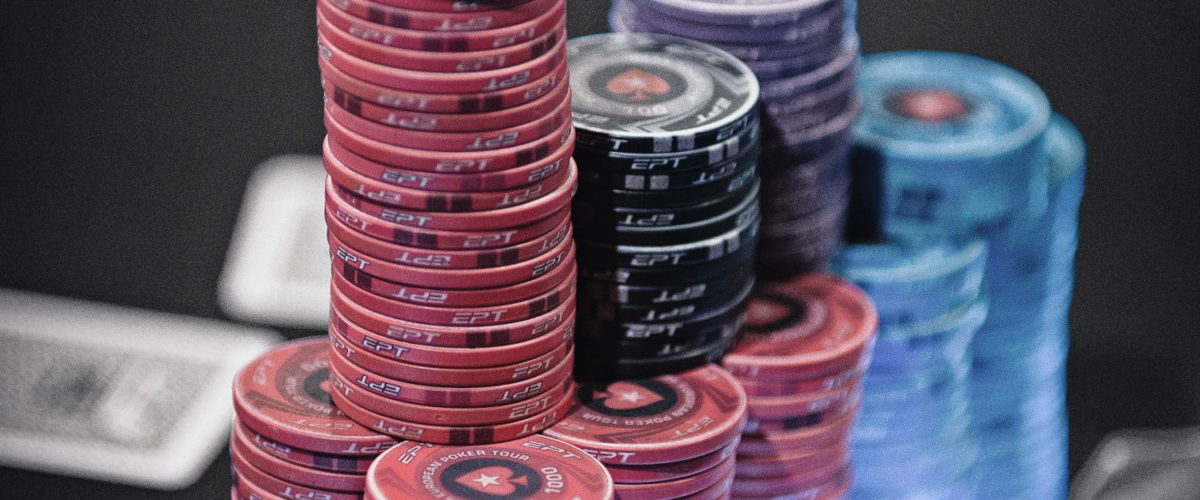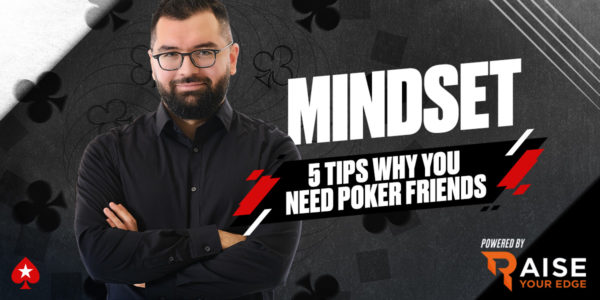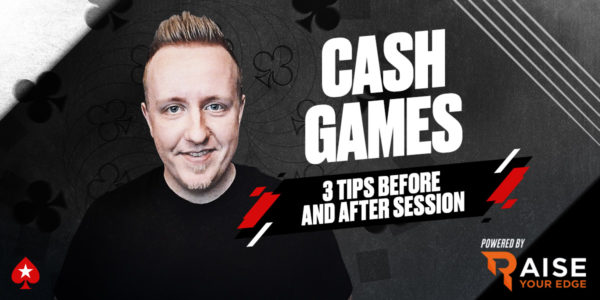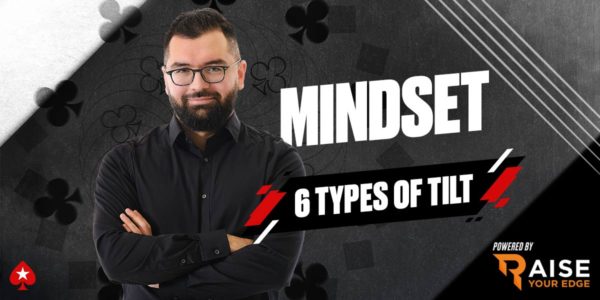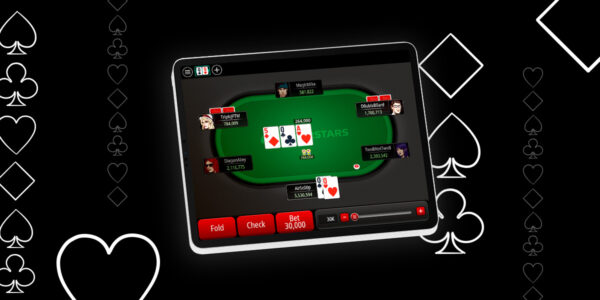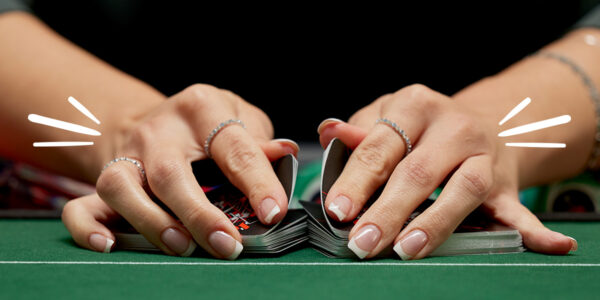Hand Reading for Beginners – When to Fold a Bluff Catcher
Last time we learned how to decide if our hand is bluff catcher. We defined bluff catchers as hands that lose to all of Villain’s value bets and beat all of his bluffs. We noted that we always have a bluff catcher with a medium strength hand facing aggressive lines unless Villain is a weaker player who does not understand how to bet with a polarised range. Today we are going to assume that our opponent is competent and betting multiple streets only with a polarised range containing value hands, which beat us, and bluffs, which we beat.
Bluffing Candidates
A bluffing candidate is a hand our opponent reaches a decision point with that would be reasonable for turning into a bluff by betting. These hands are always lacking in showdown value and are unlikely to win very often by checking. Second pair is not usually a bluffing candidate but a missed flush draw and J-high on the river definitely are. Bluffing candidates are obvious in the case of straight draws or Ten-High on the river but are less obvious when bluffing requires turning a pair into a bluff or betting the turn without much equity.

Actual Bluffs
An actual bluff is a bluffing candidate that Villain has chosen to pull the trigger with. Players don’t always bluff with every bluffing candidate they reach a decision point with.
Bluffing Incentive
Villain’s bluffing incentive is how likely he is to pull the trigger on a bluffing candidate. This depends on the player’s/population’s views on how likely they are to get a fold in a certain spot as well as their natural tendencies as a player. Some spots are more attractive to bluff in than others.
The Formula
A player’s number actual bluffs (in combos) is equal to the % of his range that is made up of bluffing candidates multiplied by his bluffing incentive in the spot in question.
If one of these two factors is very low then the output of actual bluffs will also be very low. If you multiply any number by zero, you get zero.
Therefore, we want to fold our bluff catchers – which only beat bluffs, remember – whenever we think that either:
- Very little of Villain’s range is made up of natural bluffing candidates.
Or
- Villain’s bluffing incentive is likely to be very low based on his player type and/or the situation.
Let’s take a couple of examples of folding bluff catchers for these reasons.
When Villain has Few Natural Bluffing Candidates
Imagine that we open in the CO with A♠5♠ and call a 3-Bet from the SB. The flop comes A♦Q♦J♣ and Villain goes ahead and bets one third of the pot. We suspect he is doing this with pretty close to all of his range and make the call. The turn comes the 4♥ and we face a two thirds pot-sized bet this time, indicating a more polarised range. Do we beat any of Villain’s value-bets? No, not if he is competent. Do we lose to any bluffs? No. Our hand is certainly a bluff catcher then, and so it’s time to assess how many actual bluffs Villain could have here.

Firstly, there are very few possible flush draws here that don’t contain an ace or a straight already. Villain could have something like K♣9♣, 10♣9♣ or 9♣8♣ but that’s about it. These hands have a high bluffing incentive for most players. The problem is that there are only a few combos of them. In order to get anywhere near close to the number of actual bluffs required to make us consider calling with A♠5♠ here, Villain will need to be regularly finding bluffs with a lot of less standard bluffing candidates, which are not so enticing to barrel with. Hands like 99, 88, 77 etc are bluffing candidates here, but a lot of players don’t see them as such. Villain needs to be aware that his range is very strong after 3-betting on this board, and contains a lot of value betting combos. Therefore, he should be bluffing underpairs at a high frequency in order to avoid becoming too strong when he bets. Most players do not feel a high bluffing incentive with these hands. The third category of bluffing candidate here is a hand like [QTs KJs JTs] but many players do not see these hands as bluffs either. The incentive to bet again with a pair and a draw here is low for a lot of people because they mistake their hand for having a lot of showdown value, which it does not in this situation.
We can conclude by saying that there are very few natural bluffing candidates available here for the SB 3-bettor and that the bluffing incentive for most players is lower than it should be with the less standard looking candidates such as TT and JTs. As a result, we expect this spot not to get bluffed very often. We can fold our bluff catcher happily.
When Villain has a low Bluffing Incentive
After opening UTG and getting called by the BU, in a 6-max cash game, we fire three barrels with A♣K♥ on K♦8♠5♠2♥10♦. Villain raises the river all-in for more than pot and we need around 37% equity to make the call (getting a bit worse than 2:1 odds). In this spot, Villain does have some bluffing candidates, most notably two spades or 76s if he is loose pre-flop. The problem this time, however, is that bluffing incentive is extremely low for most people in this spot. How often have you wanted to take your air and jam all-in over a river bet here – a bet that comes from an opponent who is uncapped (can still have the nuts)? This is a play that humans will almost never make because the risk:reward ratio is so unenticing. We should fold here against 95% of opponents. If Villain happens to be the 5% who readily bluff here, then, good for him!
Summary
- Villain’s actual bluff frequency is dependant on his number of bluffing candidates and his bluffing incentive for the spot in question.
- When one of these two factors are low, we should fold our bluff catchers.
- Players tend to have few natural bluffing candidates on high, wet flops
- Players tend to have low bluffing incentives when they raise the river, particularly against uncapped ranges.
Condimentum Nibh
Donec sed odio dui. Cras mattis consectetur purus sit amet fermentum. Vestibulum id ligula porta felis euismod semper. Curabitur blandit tempus porttitor.
